-
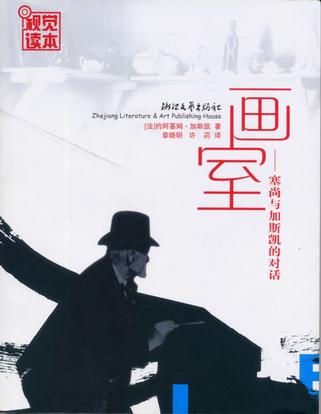
画室──塞尚与加斯凱的对话
在西方艺术史上,塞尚(1839-1906)被誉为“现代艺术之父”,他对艺术创作和艺术观念的影响至今不衰。在塞尚之后,艺术的观察方式和作画方法都有了彻底的改变。对我们而言,他的生活和作品之间的关系仍然是一个谜,本书试图从不同角度揭示这一谜底。 约阿基姆•加斯凯(1873-0921)是一位性格奔放的法国作家和诗人。在塞尚晚年,他与画家关系十分密切,两人常常会面,无话不谈。1912年至1913年,根据回忆、信件和他人的文章,加斯凯演绎出三段与塞尚的长篇虚拟对话,涉及塞尚艺术观中最重要的命题和原则,诸如自然、感觉、自然与艺术作品的关系等,成为塞尚研究最价值的一部专著。 本书插图和文件相得益彰,尤其选录了部分塞尚画作中景色的实地照片,时过竟迁,再去拍摄这样的照片已几无可能。这些照片对于研究或者喜爱塞尚的有心人来说,弥足珍贵。 -
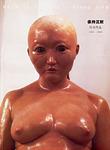
保持沉默
作者简介: 向京,1968年,生于北京,现工作生活在上海。 个展: 2006年 《你的身体——向京作品2000-2005》·上海·上海美术馆 2005年 《保持沉默——向京作品2003-2005》·北京·大山子艺术区北京季节画廊 2003年 《镜子里的女人》·厦门·欧洲艺术中心 《向京作品》·北京·团成画廊 2001年 《白日梦》雕塑个展·上海·常春藤书园 联展: 2006年 《2006江湖》·纽约·Jack Tilton画廊 2005年 《翻手为云,覆手为雨——TS1当代艺术中心第一回展》·北京·北京TS1(宋庄壹 号)当代艺术中心 《奢时代:雕塑艺术预言——中国当代户外雕塑展》·天津·海逸长州楼盘现场 《雕塑百年》·上海·上海城市雕塑艺术中心 《“多重界定——想象中的社区”当代艺术展》·天津·万科当代水晶城 2004年 《龙族之梦——中国当代艺术展》·都柏林·爱尔兰当代美术馆 -MMAC Art College/Performance Festival '2004·福島/東京·Aizu- Mishima/Tokyo 《目光所及——向京广慈雕塑展》·深圳·何香凝美术馆 《散步》系列展·上海·多伦美术馆 《中国·想象:中国当代雕塑展》·巴黎·杜伊勒里公园 2003年 《NEW ZONE - CHINESE ART》·Warza·Zacheta National Gallery of Art 《向京广慈雕塑展》·澳门·龙环葡韵住宅式博物馆展览馆 《Ⅻ Inner Spaces》multimedia festival·Poznan Poland·CCA Inner Spaces 《不同的选择——生于六十年代》·上海·半岛美术馆 《上海第三届青年雕塑作品邀请展》·上海·南京路世纪广场 《开放的时代——纪念中国美术馆建馆五十周年》·北京·中国美术馆 2002年 《向京·广慈2002——镜像》·上海·无形画廊 2001年 《禁闭》参加“当代中国雕塑的若干标准像”雕塑图片展·上海·上海美术馆 《一杯冰水》《侵袭》参加“大珠小珠落玉盘”雕塑展·上海·无形画廊 《澡堂子》等两件作品参加“中国神话——当代艺术联展”·上海·易典画廊 《一束光线》等四件作品参加“首届精文艺术大展”·上海·精文艺术中心 《我的娃娃》参加“2001年法国秋季沙龙”·巴黎 《禁闭》《这个女人!》参加2001第32届德国艺术节·杜塞尔多夫 2000年 《呵欠之后》参加“中国当代雕塑邀请展”·青岛·青岛雕塑艺术馆 《白日梦Ⅲ》等三件作品参加“上海青年美术作品邀请展”·上海·刘海粟美术馆 《TOY—泳者》参加“第二回青年雕塑家邀请展”·杭州西湖美术馆/深圳雕塑院/ 青岛雕塑艺术馆 《我的娃娃》等九件作品参加“海平线——2000绘画雕塑邀请展”·上海·刘海粟 美术馆 《禁闭》参加“与摩尔对话”雕塑邀请展·广州·广东美术馆 1999年 《白日梦》《不飞的天使》等五件作品参加“世纪末艺术之旅·第二回展”·北京 ·新时空—ART专递空间 《空房间》入选“第九届全国美展”,获优秀奖·北京·中国美术馆 《尽头》参加“第二届中国雕塑年度展”·深圳·何香凝美术馆 《天使的面孔》等三件作品参加“上海师范大学美术系教师油画雕塑作品展”· 上海·上海大学美术学院画廊 《一杯冰水》《侵袭》等五件作品参加“世纪之门1979 -1999中国艺术邀请展”· 成都·成都现代艺术馆…… -
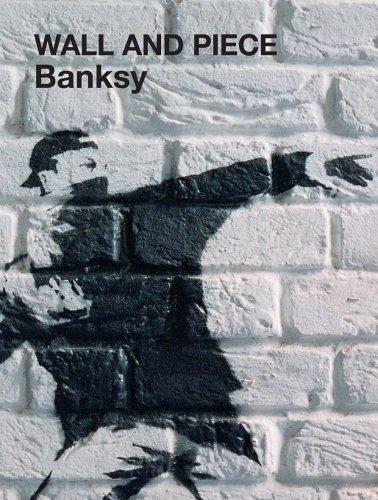
Wall and Piece
Artistic genius, political activist, painter and decorator, mythic legend or notorious graffiti artist? The work of Banksy is unmistakable, except maybe when it’s squatting inthe Tate or New York’s Metropolitan Museum. Banksy is responsible for decorating the streets, walls, bridges and zoos of towns and cites throughout the world. Witty and subversive, his stencils show monkeys with weapons of mass destruction, policeman with smiley faces, rats with drills and umbrellas.If you look hard enough you’ll find your own. His statements, incitements, ironies and epigrams are by turns intelligent and cheeky comments on everything from the monarchy and capitalism to the war in Iraq and farm animals. His identity remains unknown, but his work is prolific. And now for the first time, he’s putting together the best of his work – old and new in a fully illustrated colour volume. -
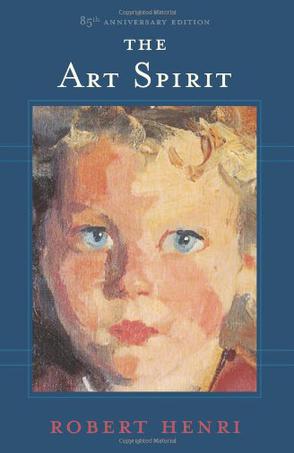
The Art Spirit
-
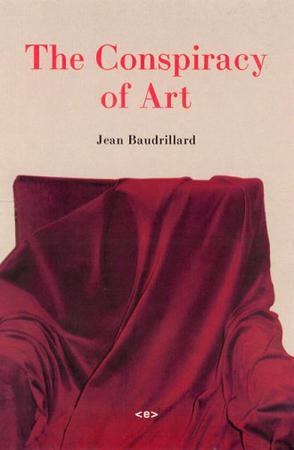
The Conspiracy of Art
The images from Abu Ghraib are as murderous for America as those of the World Trade Center in flames. The whole West is contained in the burst of sadistic laughter of the American soldiers, as it is behind the construction of the Israeli wall. This is where the truth of these images lies. Truth, but not veracity. As virtual as the war itself, their specific violence adds to the specific violence of the war.In The Conspiracy of Art, Baudrillard questions the privilege attached to art by its practitioners. Art has lost all desire for illusion: feeding back endlessly into itself, it has turned its own vanishment into an art unto itself. Far from lamenting the "end of art," Baudrillard celebrates art's new function within the process of insider-trading. Spiraling from aesthetic nullity to commercial frenzy, art has become transaesthetic, like society as a whole.Conceived and edited by life-long Baudrillard collaborator Sylvere Lotringer, The Conspiracy of Art presents Baudrillard's writings on art in a complicitous dance with politics, economics, and media. Culminating with "War Porn," a scathing analysis of the spectacular images from Abu Ghraib prison as a new genre of reality TV, the book folds back on itself to question the very nature of radical thought. -
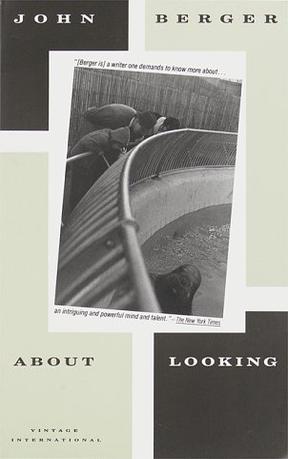
About Looking
As a novelist, art critic, and cultural historian, John Berger is a writer of dazzling eloquence and arresting insight whose work amounts to a subtle, powerful critique of the canons of our civilization. In About Looking he explores our role as observers to reveal new layers of meaning in what we see. How do the animals we look at in zoos remind us of a relationship between man and beast all but lost in the twentieth century? What is it about looking at war photographs that doubles their already potent violence? How do the nudes of Rodin betray the threats to his authority and potency posed by clay and flesh? And how does solitude inform the art of Giacometti? In asking these and other questions, Berger quietly -- but fundamentally -- alters the vision of anyone who reads his work.